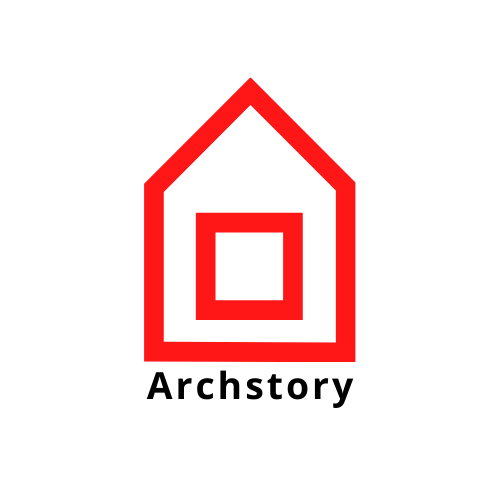
Neri&Hu Design and Research Office
블루보틀은 상하이 장위엔에 위치한 Shikumen 유형 주택 중 하나에 소매 공간을 만들었다. 역사 보존 지침으로 인해 원래 건축파사드와 아트리움의 기존 벽돌 벽, 문, 창문은 그대로 남아 새로운 디자인 요소를 삽인하기 위한 연속적인 배경역할을 한다. 건물 내부의 한가운데는 커피가 준비되고 제공되는 공간이 만들어졌다. 오래된 건물의 외벽을 따라 길쭉한 공간이 메인 스트리트와 아트리움을 연결한다. 건물 내부의 골목 같은 공간에는 창문과 벽에 여러개의 벤치와 작은 테이블이 있다.
기존 건축의 무거운 느낌과 대조하기 위해 지붕 구조는 브러시 처리된 스테인리스 스틸로 제작되었으며 지붕 표면은 미묘하고 흐릿한 방식으로 주변환경을 반사하는 재료인 천공 및 구부러진 강철을 사용하여 가능한 가볍게 만들었다.
At the end of the 19th century, Zhang Yuan, the most famous garden of Shanghai, developed into one of the earliest public and commercial spaces in modern China, exemplifying and leading the emergence of a new Chinese urban lifestyle. In 2022, as Zhang Yuan reopens to the public after a complete rehabilitation of its historic buildings, Neri&Hu was commissioned by Blue Bottle to create a retail space in one of the old Shikumen typology residences. Coffee initiates a dialogue between Shanghai’s rich history and the contemporary urban social realm.
Amidst the architectural relics of Zhang Yuan, where the city’s collective memory resides, one could envision this scene described by Chinese writer Mu Xin – like tiny crabs scuttling in and out of their sandy shelters, people scatter about in the shadowy lanes of Shanghai at sunset. Within this vast network of alleys, people would go about in their daily hustle and bustle, but the Shanghainese could always appreciate a moment of leisure. Neri&Hu hopes to capture the spirit of the local urban fabric and weave a narrative journey for both locals and visitors to appreciate.
Due to historic preservation guidelines, the existing brick walls, doors, and windows of the original architectural façades and atriums are left untouched and become a continuous backdrop for the insertion of new design elements. A primitive shelter, symbolizing a return to the origin of architecture, is erected in the center of the space; it is where the coffee is prepared and served and forms the visual and circulatory focal point of the project. Along the exterior wall of the old building, an elongated space connects the main street to the atriums. This alley-like space within the building accommodates several benches and small tables against the windows and walls, a nod to the leisurely social moments of life in the Shikumen.
To contrast with the heavy palette of the existing architecture, Neri&Hu meticulously studied the structure and its tectonic joinery, to make it as light as possible. The roof structure is built with brushed stainless steel while the roof surface is made of perforated and bent steel, materials that reflect the surroundings in a subtle and fuzzy manner. Neri&Hu was also inspired by the informal construction and simple attachments that people once used to extend their private spaces into the alley, the existing structural columns are thus commandeered with added metal rods and small platforms to function as light rails, side tables, benches, and object displays. Other than brand furniture, the project features a selection of repurposed traditional old furniture, on which the traces of time bestow a sense of warmth and familiarity, merging old and new, Blue Bottle and Shanghai.
Photography by Neri&Hu Design and Research Office











from archdaily
'Interior' 카테고리의 다른 글
| -내부에 광장이 있는 상하이 카페 [ Wutopia Lab ] Piazza in a Room (0) | 2023.04.02 |
|---|---|
| -중석적인톤의 주택 [ AFTER BACH ] Montaigne (0) | 2022.12.20 |
| -모자를 쓴 집 [ FELT ] A House with a Hat (0) | 2022.11.20 |
| -헤어핀 주택 [ Studio J.Jih ] Hairpin House (0) | 2022.11.19 |
| -군나마타 주택 [ Akin Atelier ] Gunnamatta House (0) | 2022.11.19 |
